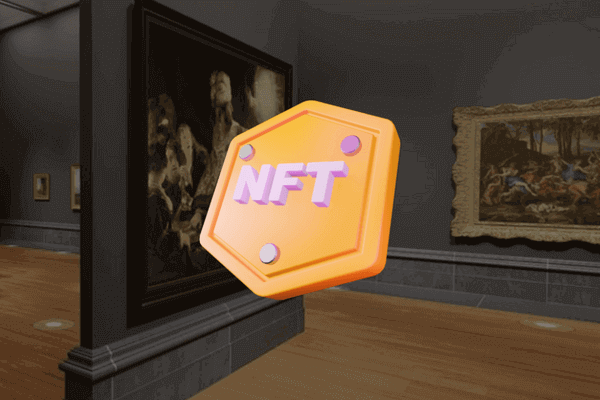By tokenizing some of the world’s most revered landmarks, the Monuverse is able to keep these memories alive forever as NFTs in cyberspace. From virtual pixelated artworks to now real-world applications like land ownership and copyright protection, the use cases for nonfungible tokens continue to grow. And with the Monuverse at the forefront, we’re seeing yet another case for NFTs – that is, preserving cultural heritage sites via crypto collectibles.
Blockchain technology, 3D imaging, generative art, and local collaboration exist in the Monuverse to take well-known global monuments into digital reality via NFTs. These NFTs will preserve the Arco Della Pace (Arc of Peace) located in Milan, Italy—the first project of this kind from the Monuverse.
The Italian Ministry of Culture: Archeology, Fine Arts and Landscapes, Milan Authority will not release the initial digital rendering of the monument for individual ownership due to intellectual property law.
However, 7,777 randomized non-fungible tokens (NFTs) will be made available to the public, giving individuals a virtual piece of the monument and access to related events. NFT ownership also allows users to support cultural heritage in a new way.
Cointelegraph conducted an interview with Andrea Salomone, a co-founder of Monuverse, in order to discern how NFTs can help further preserve this cultural heritage and bolster virtual tourism efforts. It is anticipated that NFTs will be a major aid in ushering the next billion users into the crypto space; this will especially be true if they are connected with already known and valued elements of their cultural heritage, thereby creating a sense of familiarity.
The co-founder of Monuverse believes that virtual tourism can create a stronger connection to a place. He claims that by owning related NFTs, visitors can develop a sense of ownership and belonging. Metaverse events at historical sites are ways to connect the past with the future according to him.
Related Posts





